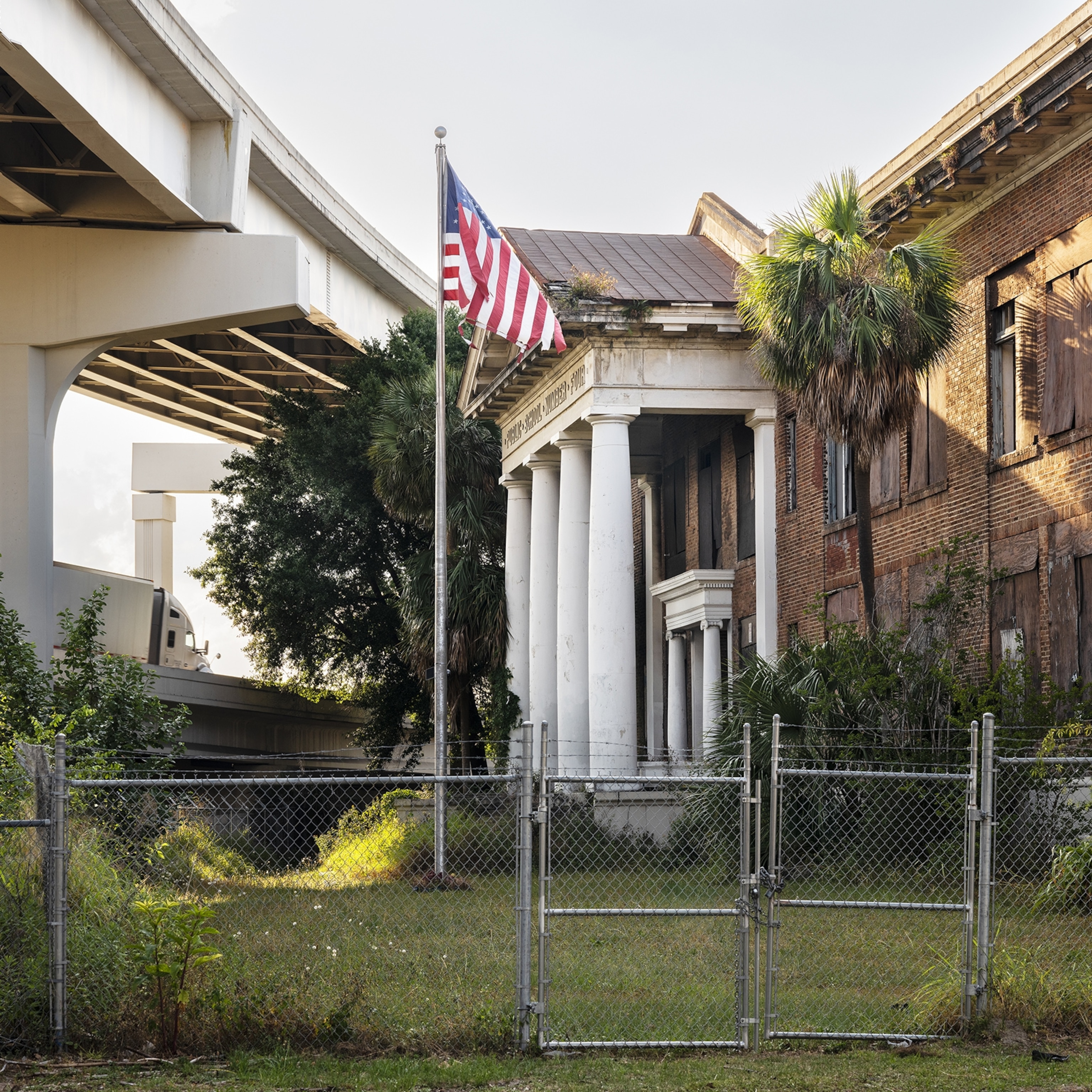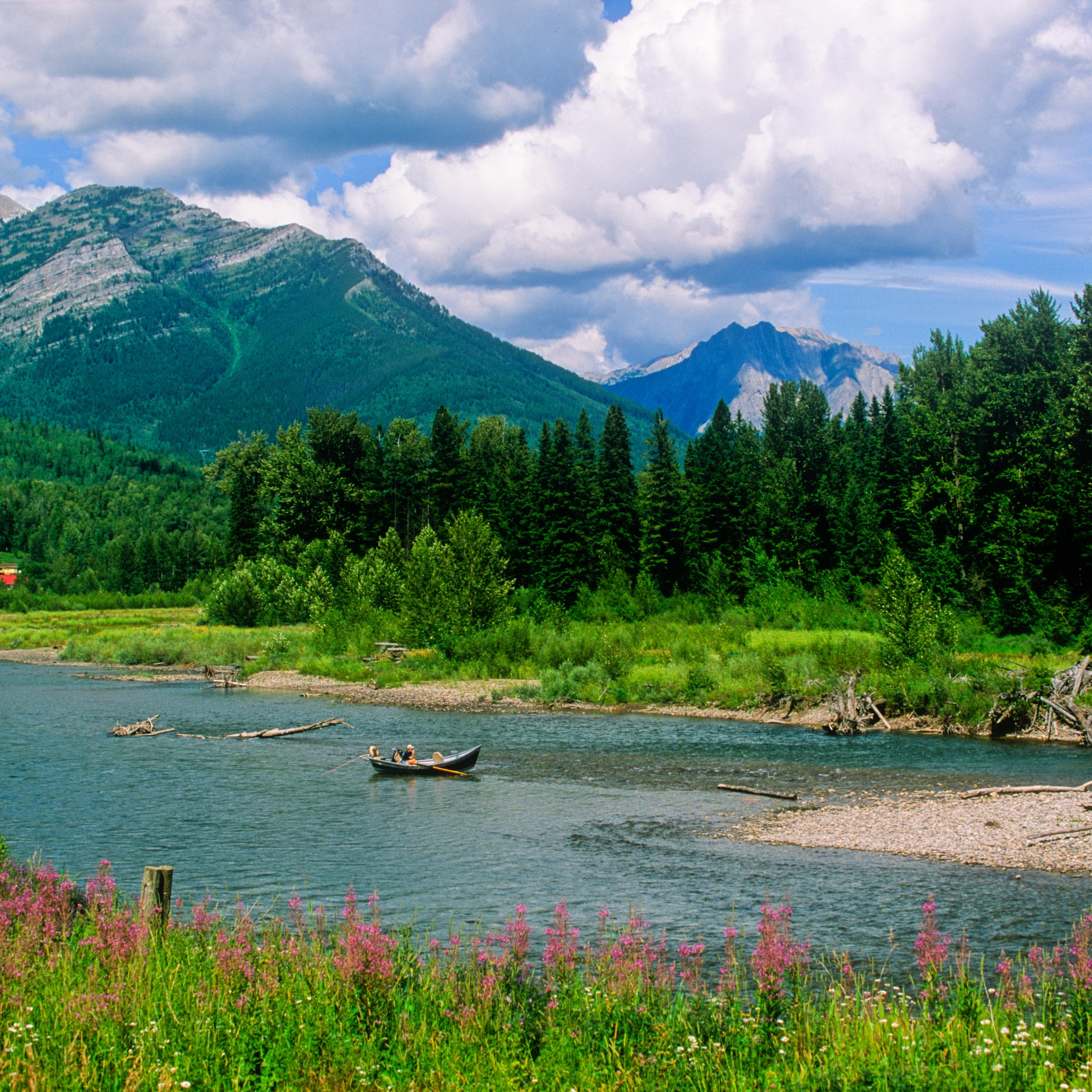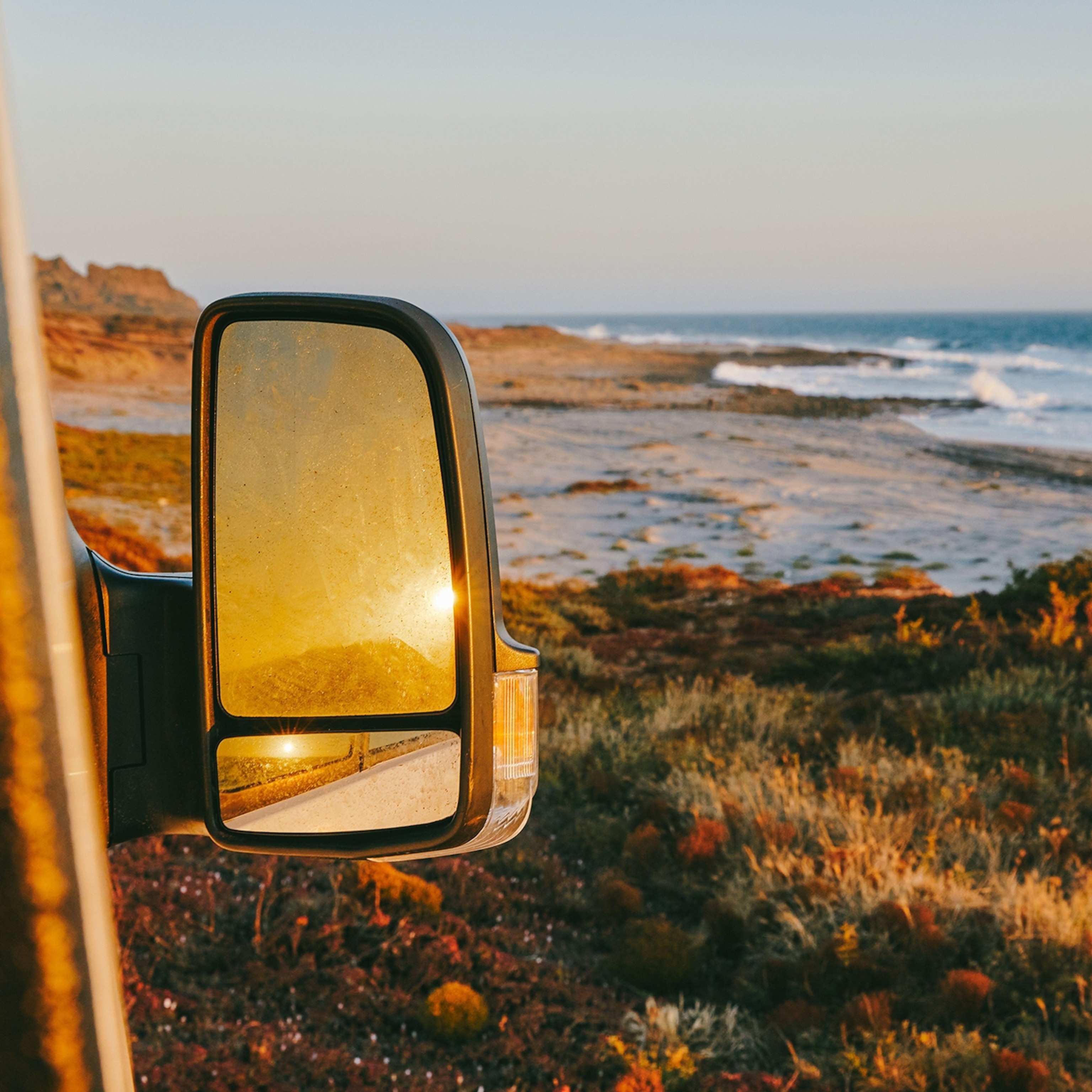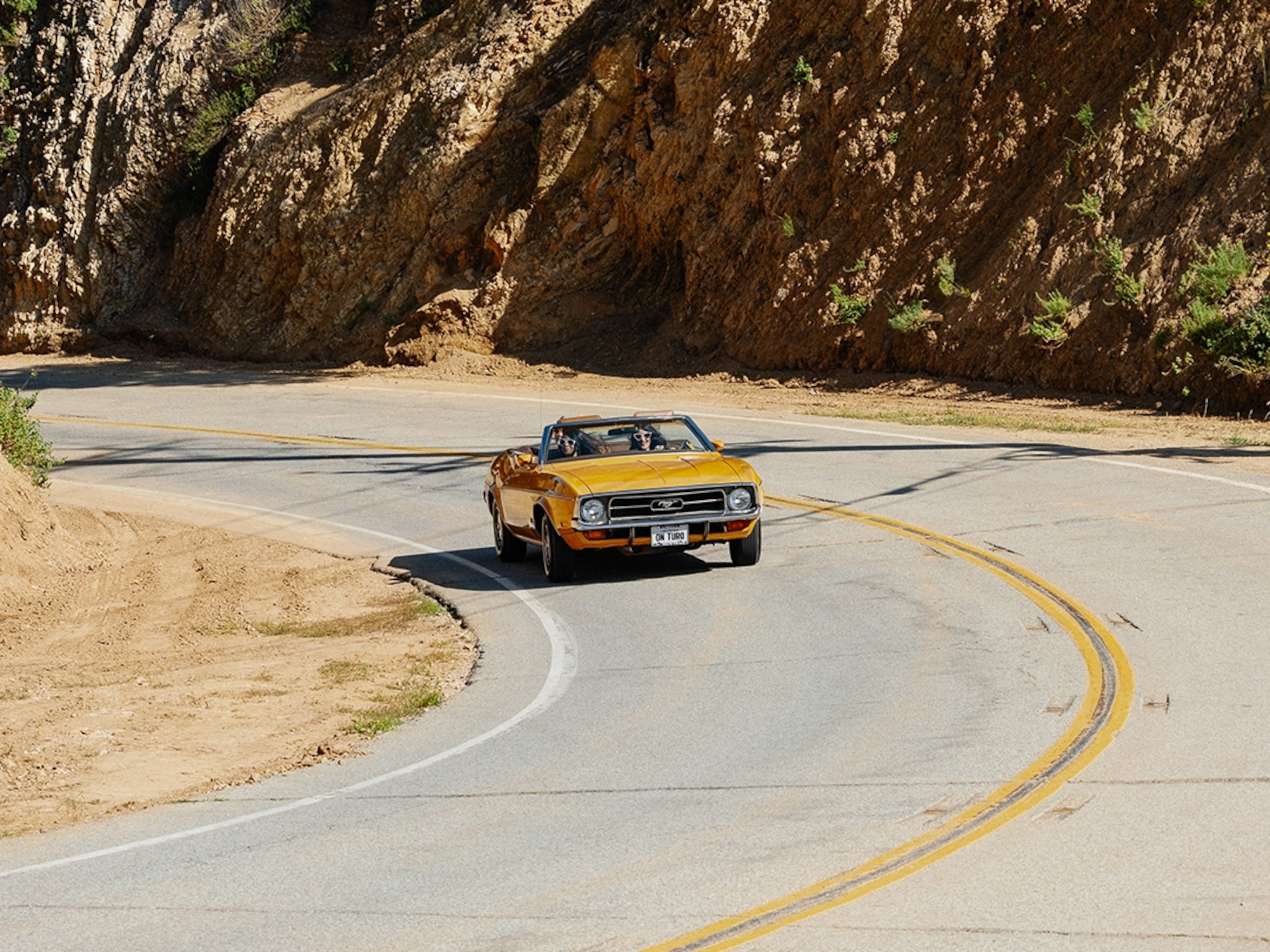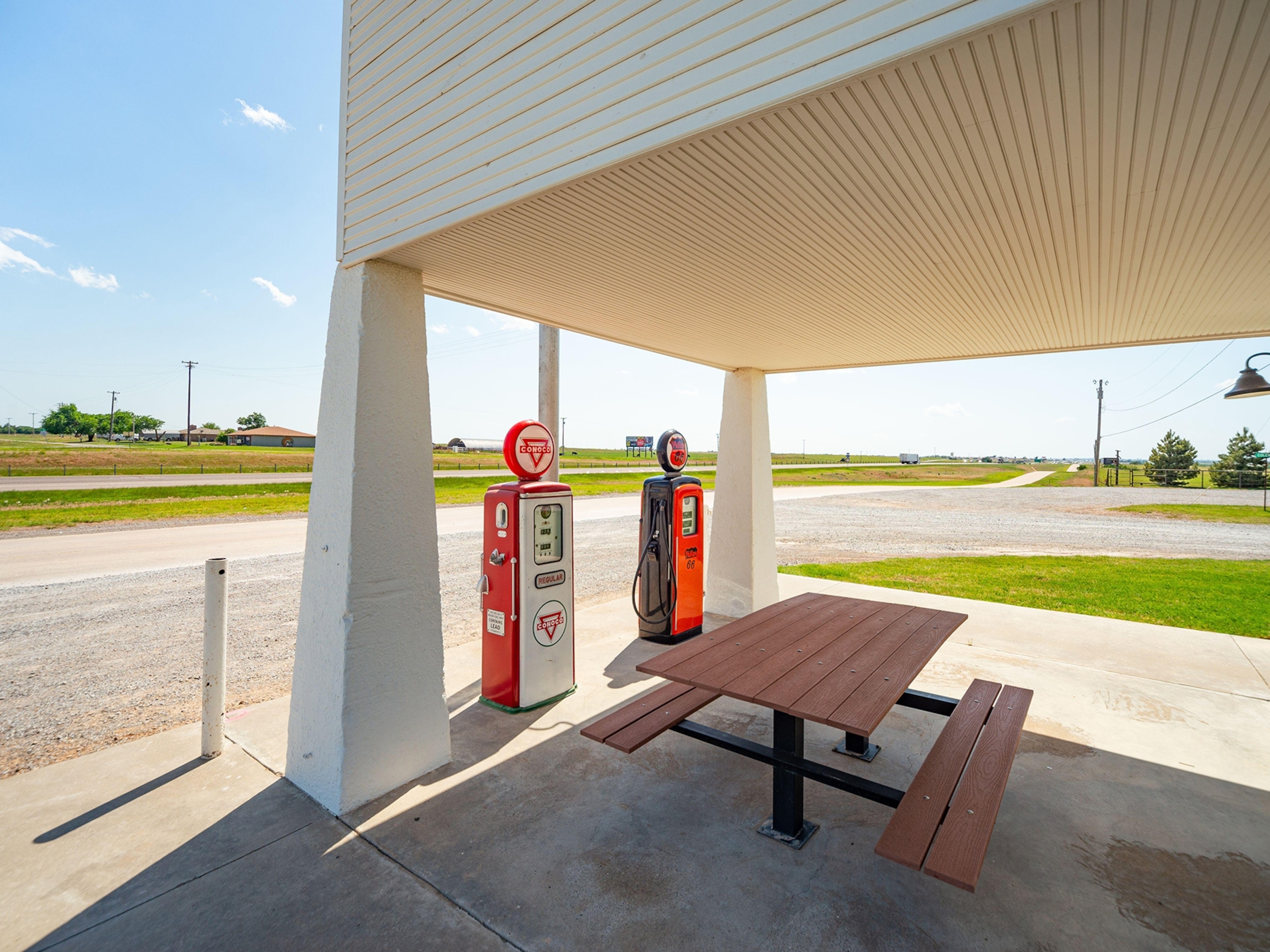
A Photographer’s Road Trip Through the Russian Far East
The Russian Far East isn’t exactly known as a classic road trip destination, and for good reason. Until recently, there wasn’t really a road to trip on, at least not one that was finished.

The creation of a highway known as the M58 Federal Highway Amur, which covers an approximately 1,300-mile stretch from Chita to Khabarovsk, was begun as part of the Trans-Siberian Highway in 1966. For many years it was barely passable, and while it was symbolically opened by Putin in 2004, it wasn’t completely paved and ready for road-trippers until 2010.

One such traveler was German photographer Louisa Marie Summer. She hit the freshly paved road in July 2013 accompanied by her fixer, Leonid, a native to the area whom she met through a Russian news agency. He helped Summer prepare for all the things that could go wrong. “It’s easy to run out of gas or water, for example. Or even get stranded because there are so few places to stay along the way. We would drive for hours and see no other cars.”

“We drove 1,312 miles in seven days,” says Summer. She describes the trip as unexpectedly hot, mosquito-ridden, and “beautiful, though not particularly special,” citing prairie and open lands punctuated by some forests and groves of birch.
In spite of all that, Summer was drawn to the highway both because of its newness and its isolation. “It was pretty interesting to see this ‘fancy’ highway in the middle of nowhere, with dirt roads branching off,” she says. “The road felt like a foreign body in the landscape.”

“The idea was to drive the road and see how much it affects the people who live there—if prosperity will reach those villages or just pass them by,” says Summer. “I wanted to explore a remote area that doesn’t get much coverage … The road is supposed to bring prosperity to the eastern part of the country, which has been very isolated for a long time.”

The travelers weren’t able to pick up radio stations when driving through more remote areas, so to keep themselves entertained they talked and listened to CDs. “We kept listening to ‘Who Wants to Live Forever’ by Queen,” says Summer. That song was playing when they experienced a strange phenomenon. “The extreme weather—the severe cold in the winter, the heat in the summer—affects the asphalt. The highway becomes wavy. So we were listening to the lyrics ‘ … forever,’ and we hit one big wave, and then we hit another, and the whole car lifted up … all four wheels!”

With no designated appointments or agenda other than to keep moving and meeting people, Summer followed her instincts on the road. “I stopped whenever I got inspired. Sometimes it just takes getting out of the car and putting yourself into a situation. Things will happen.”

But she couldn’t have shared Amur’s story without one thing: the goodwill of strangers. “It was often about getting to know one person, and they would lead you around town,” she says. “There are not many strangers at all who pass through. But when they lost their initial shyness the people were really open and friendly. I was invited into many homes and heard many stories. Imagine a stranger with a camera asking you if a new road has changed your life!”

She says some people she met along Amur dreamt of life in big cities like Moscow or in Japan. The harshness of the landscape, she thinks, can be hard for people. “They grow a lot of their own food. Many people work for the railroad—that’s the main income. And then if it’s a town they have a butcher, they have a supermarket, they have what they need to live. But they don’t have many choices.”
And although there isn’t a lot of industry or economic variety, there is a lot of diversity in the groups of people who live along this route. She lists Russians Orthodox, Cossacks, Chinese, Mongolians, and Armenians among the people she met.

“Most people have lived there for generations. But there are also some who have settled there more recently.” New residents, she says, are one of the goals of the highway. “The government has built new houses in some areas and encouraged people to move east, giving them cheap housing or financing to start a business. The road is supposed to bring more people there but I could not tell if it had. Most people said the road hasn’t changed their life. It makes things a little bit easier—it’s easier to go to the next village. But most people don’t have a car. Only a few have a business. It’s really for the through traffic. People who have a hostel or restaurant or gas station benefit.”

It’s probably too early to officially tell how Amur will affect the Russian Far East, but Summer, at least, found what she was looking for. “I was curious if there was really nothing, but I found there are people there and stories to find.”
This project was commissioned by the Russian news agency RIA Novosti on the occasion of the 2013 G20 Summit in St.Petersburg. Twenty Photographers from the G20 member states were invited to work on an independent photo project about contemporary Russia.
To see more of Louisa Marie Summer’s work, visit her website.

